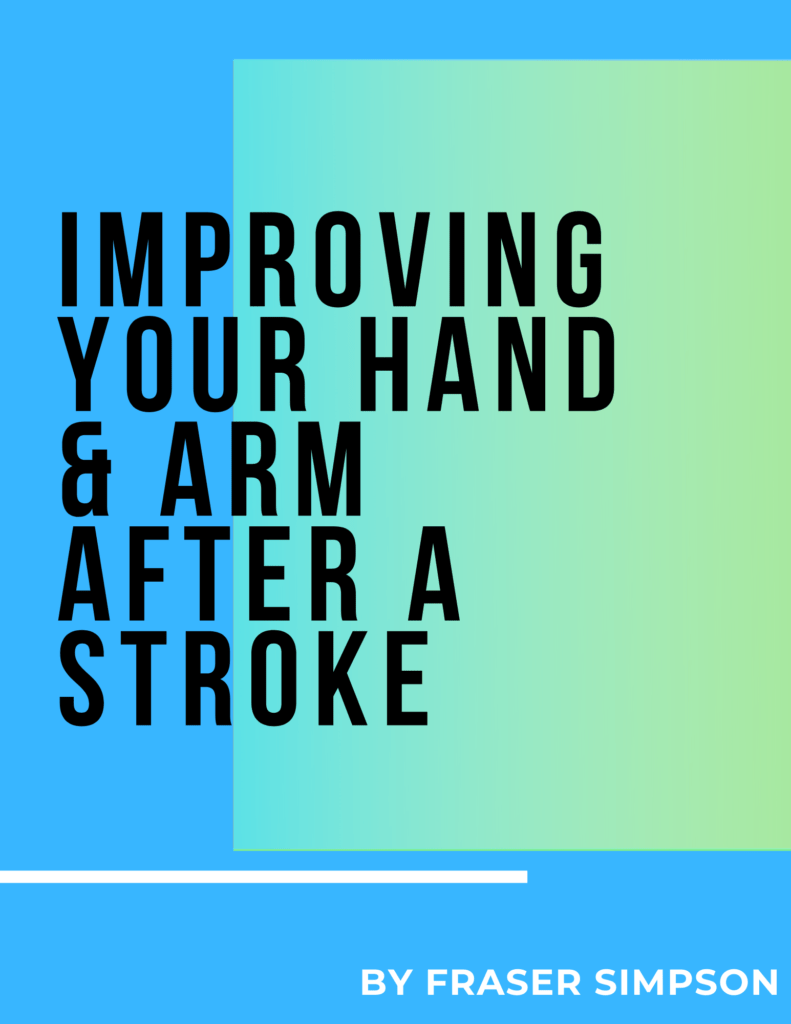Balance is a critical aspect of our daily lives, and as you age, maintaining it becomes even more vital. For seniors living with the challenges of a post-stroke or Parkinson’s diagnosis, concerns about balance are often top of mind.
Fraser Simpson, an expert in Neurophysiotherapy in Glasgow, is well aware of these concerns. Clients frequently ask him, “How can I improve my balance and prevent falls after a stroke or Parkinson’s diagnosis?”.
Fraser understands that there are no one-size-fits-all solutions, but he’s committed to equipping those facing these conditions with the right knowledge and balance exercises for seniors and improving overall well-being.
Why Balance Matters for Seniors with Stroke and Parkinson’s
Before we delve into the balance exercises for seniors post-stroke and Parkinson’s diagnosis, let’s emphasize why balance is particularly crucial for these individuals:
#1 – Reducing Fall Risk:
Seniors with a history of stroke or living with Parkinson’s disease often face an increased risk of falls. Improving balance can significantly reduce this risk and prevent injuries.
#2 – Regaining Confidence:
Restoring balance instills confidence, encouraging seniors to engage in physical activities and social interactions, thereby improving their overall quality of life.
#3 – Enhancing Independence:
Balancing is essential for performing daily tasks such as walking, standing from a seated position, and reaching for items on high shelves.
#4 – Promoting Overall Health:
Balance exercises engage various muscle groups, leading to improved strength, flexibility, and coordination.
Now, let’s explore some essential balance exercises tailored for seniors who’ve experienced a stroke or are living with Parkinson’s disease.
Exercise 1: Side Stepping for Improved Balance
One of the primary muscle groups that tends to weaken in seniors post-stroke or living with Parkinson’s is the hip stabilizers. These muscles play a crucial role in safe walking and supporting your body’s weight. The side-stepping exercise effectively targets these hip stabilizers.
- Begin by standing near a kitchen worktop with your hands resting on it.
- Keep your feet hip-width apart and ensure they are pointing forward.
- Take small side steps to the right, the full length of your kitchen worktop.
- Repeat this movement to the left.
- Remember to maintain forward-pointing feet throughout the exercise and never let your heels touch. Keep the steps small but deliberate.
This exercise, when performed correctly and consistently, can significantly strengthen your hip stabilizers and improve your balance.
Exercise 2: Standing Posture Correction for Enhanced Stability
Seniors post-stroke or living with Parkinson’s often develop a stooped, top-heavy posture. To address this issue, Fraser recommends an exercise that engages the gluteus maximus muscles, crucial for supporting your body against gravity.
- Stand at your kitchen worktop with both hands for balance.
- Position your feet hip-width apart, resembling train tracks.
- Clench your gluteus maximus muscles and use them to push your hips forward toward the worktop.
- You may feel like your shoulders naturally move backward when executed correctly.
- Be cautious; it’s normal to feel a bit off-balance initially. Hold onto the worktop for stability.
Begin by holding this posture for a slow count to 5, and repeat it five times, doing this twice. Gradually increase the time you hold the bottom squeeze, aiming to build up to one minute over two to three weeks.
Remember, moderation is key; avoid overcorrecting and leaning too far forward.
Exercise 3: Sit to Stand for Strengthening Legs
The sit-to-stand exercise essentially mimics a deep squat, making it an excellent choice for strengthening leg muscles.
- Start with your bottom forward in the chair, and your feet hip-width apart.
- Gently lean forward and stand up.
- Stand for a slow count to 5, then sit back down.
- Repeat this sequence five times, then take a short break for a minute or two before repeating.
If you find it challenging to perform this exercise without support, you can use your hands on the arms of the chair to assist you. This exercise will help you build leg strength, contributing to better balance and stability.
Have you found these exercises useful?
All these exercises are featured in Fraser Simpson’s Fall Prevention eBook, a valuable resource specifically designed for seniors post-stroke and those living with Parkinson’s disease. You can download your own copy HERE.
This eBook is your trusted guide for maintaining the lifestyle you desire without being hindered by preventable problems.
The Personalised Expert Advice You Need Today!
Now, Fraser encourages you to take the next step toward better balance.
Consider scheduling a FREE Phone Consultation with him to discuss your unique situation. This consultation offers the opportunity to speak with an expert who specializes in helping seniors post-stroke and those with Parkinson’s improve their balance and overall quality of life.
You can also connect with others who have faced similar challenges, all from the comfort of your home.
To book your consultation, simply visit this link or give the team a call at 0141 530 2092.
Balance exercises for seniors post-stroke and living with Parkinson’s are a crucial component of maintaining a healthy and active lifestyle as you age. Simpson Physiotherapy is here to support you on this journey of growth, improvement, and overcoming the challenge of balance issues.
Don’t wait; take action today and invest in your future well-being.
Arrange your Free Telephone Consultation NOW!
More Free Information To Help With Parkinson’s Disease
Read Our Blog – Falls Prevention and Why Your Mindset Matters!
Read Our Blog – Falling: Facts Behind the Fear
Follow Us On Social Media – Facebook



